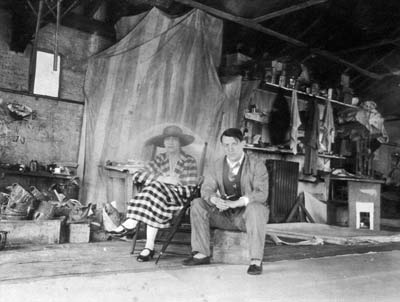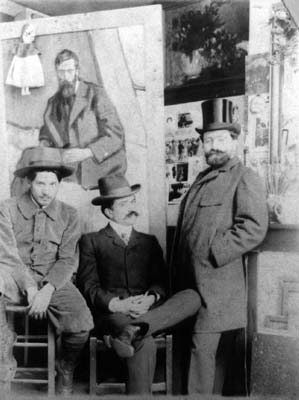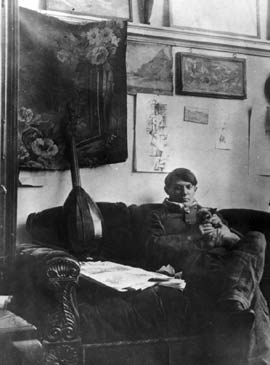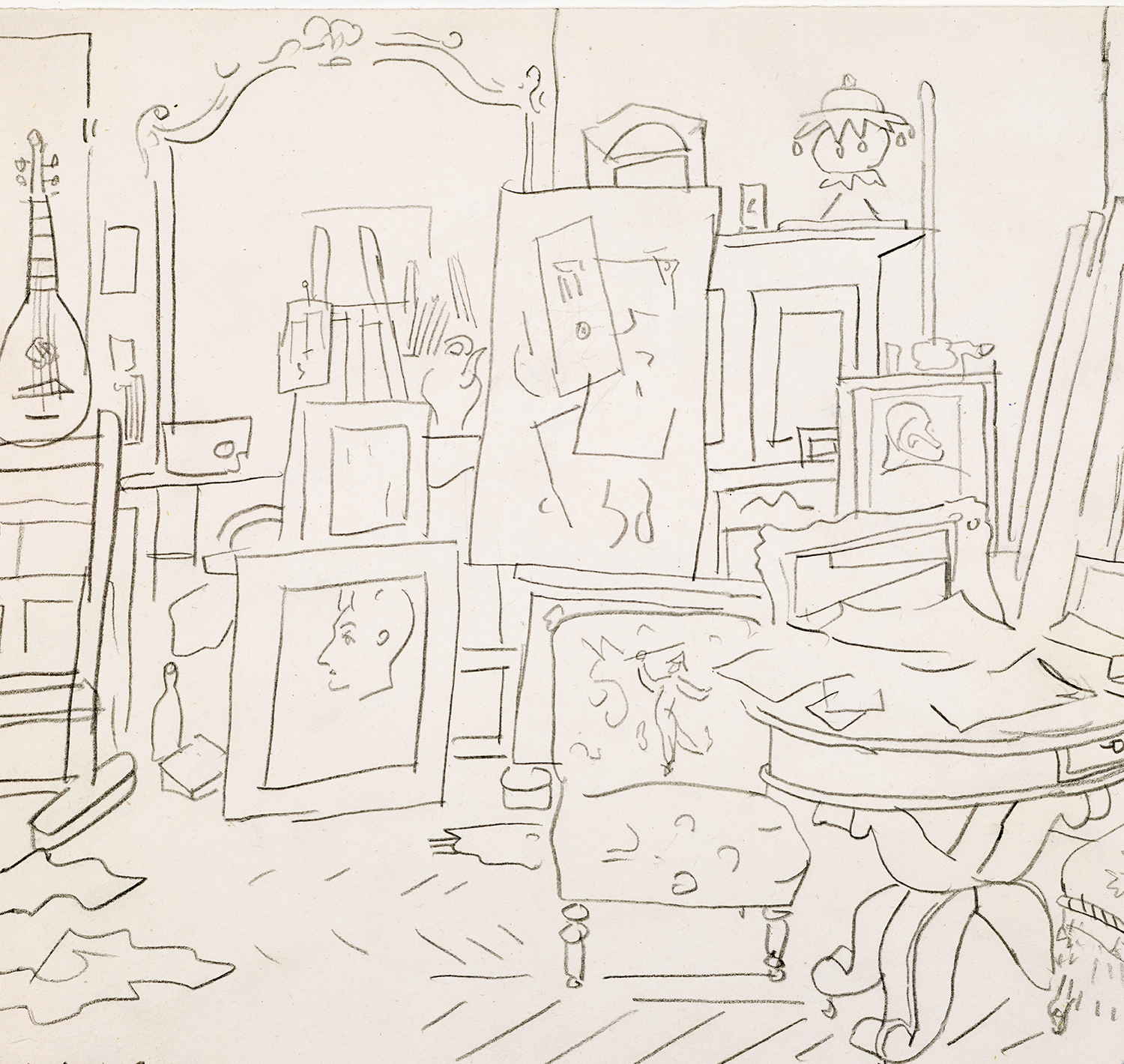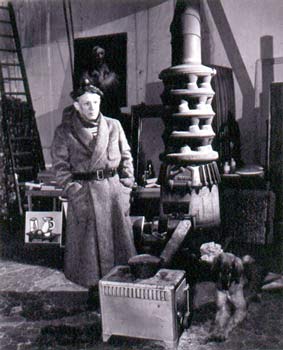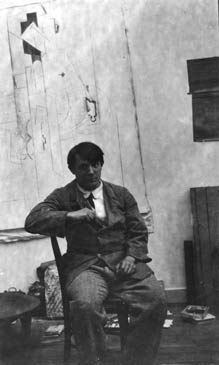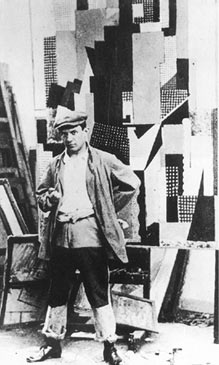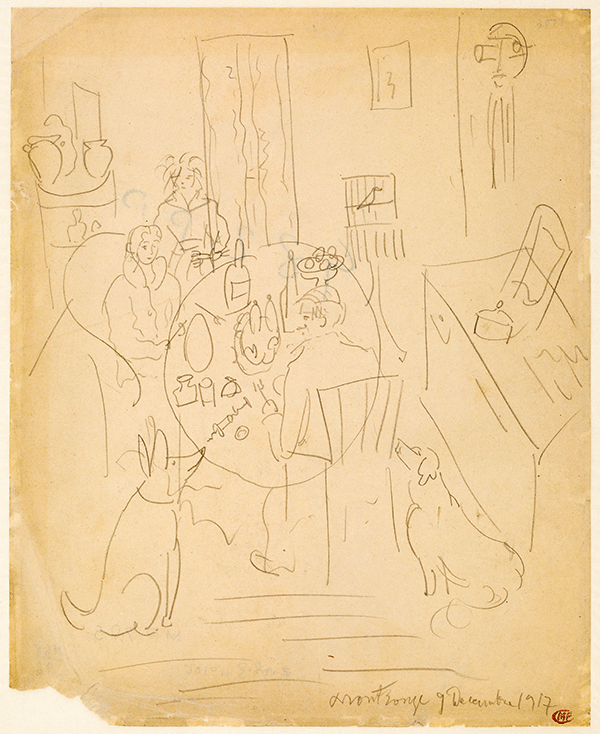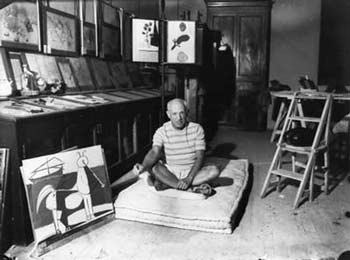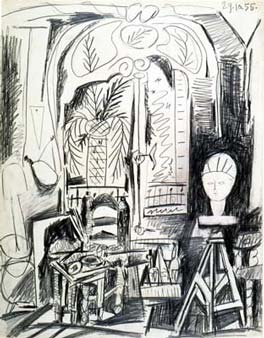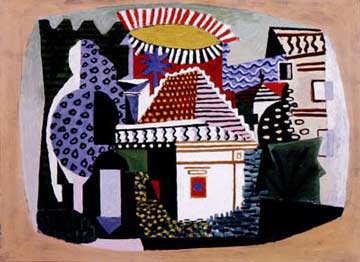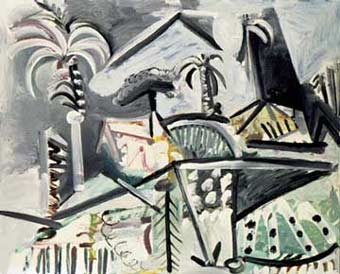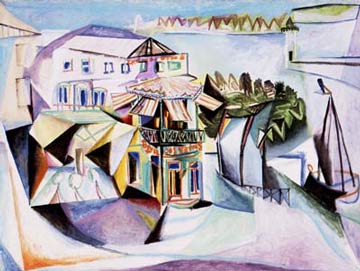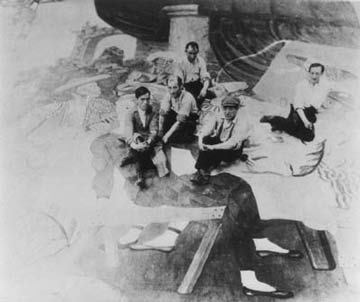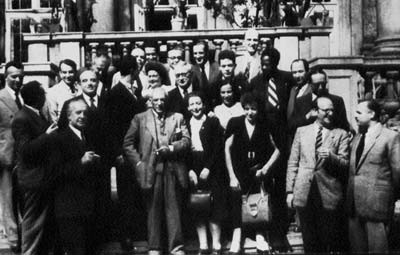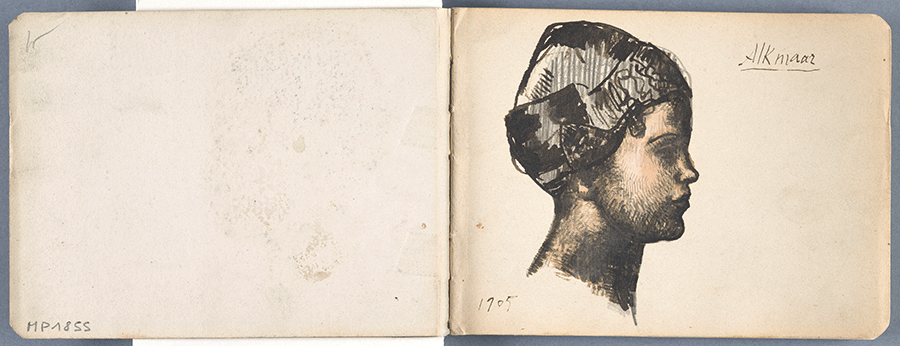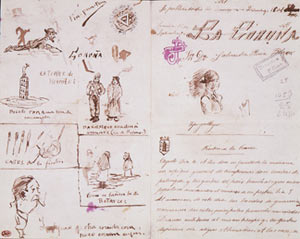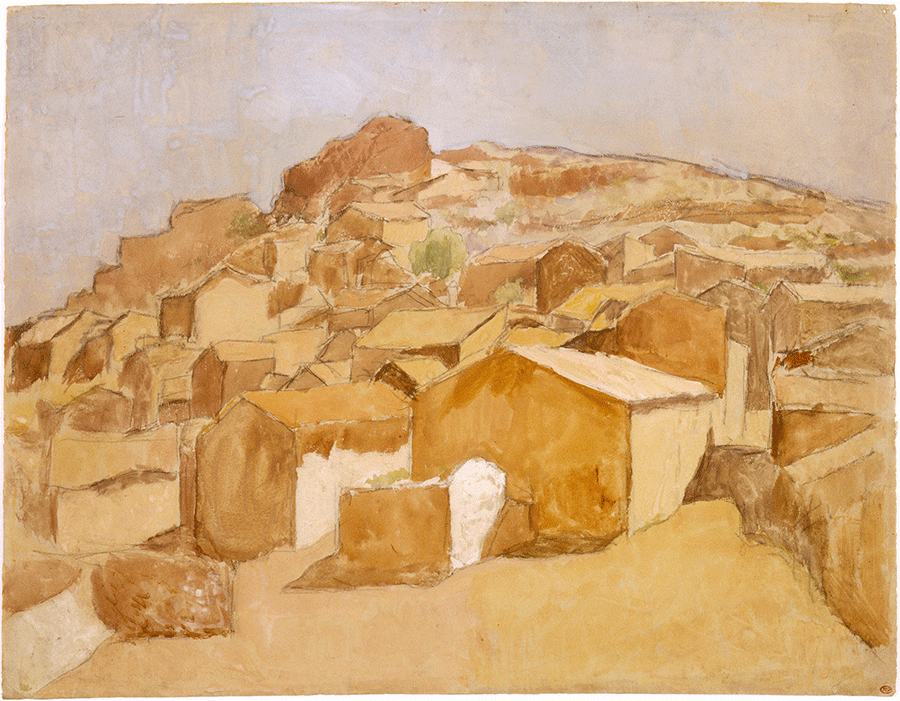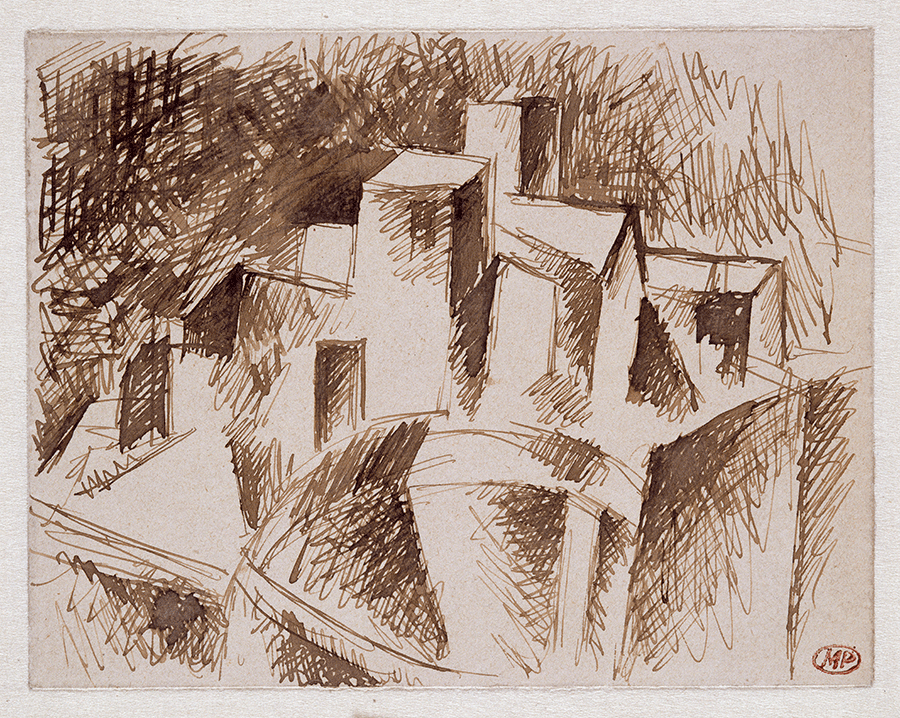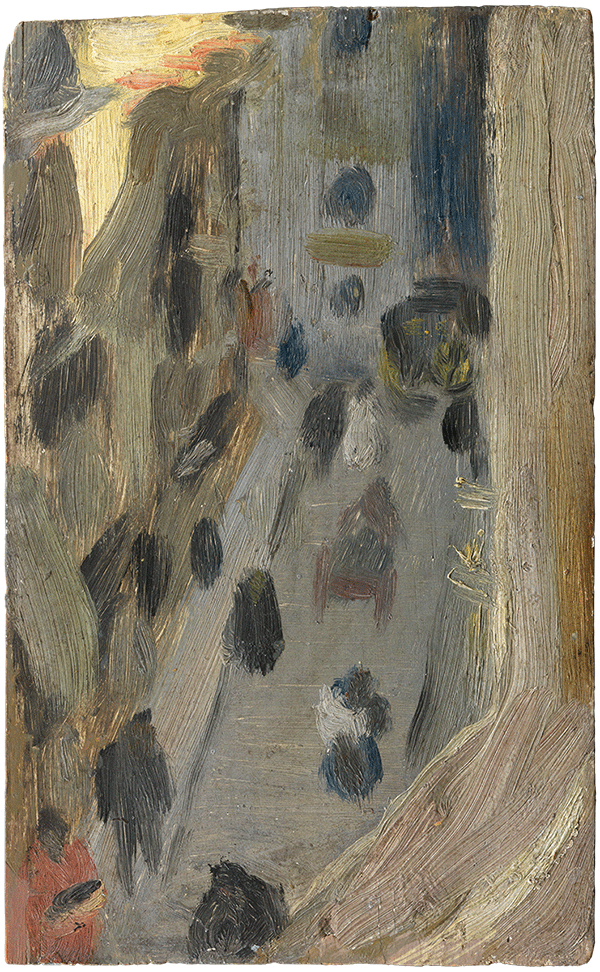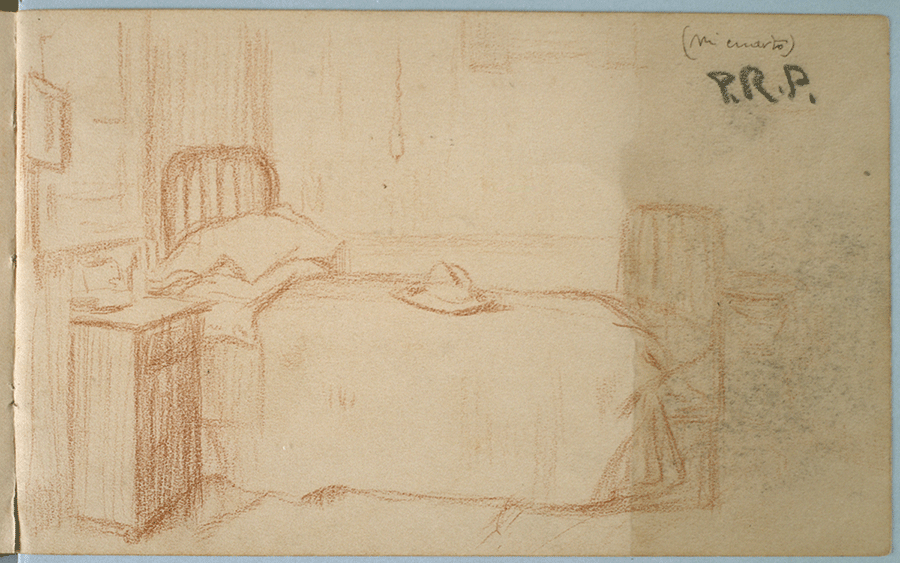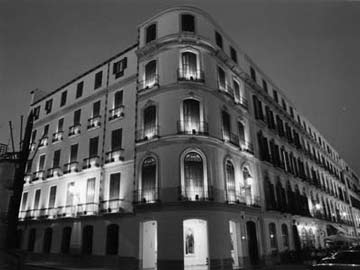England
France
Bateau-Lavoir
Is it Montmartre that makes Picasso decide to settle permanently in Paris? Aged 23, he moves into the famous Bateau-Lavoir where he finds a whole artistic community and a bohemian lifestyle. In this studio, freezing in winter and stifling in summer, Picasso will paint "Les Demoiselles d'Avignon". He leaves to spend two years at the studio Bd de Clichy but soon returns there in 1911.
Rue de la Boétie
In 1918, having just married Olga, Picasso, aged 37, moves close to his dealer Rosenberg, rue de la Boétie, where he occupies two floors : a studio and a flat. He remains there until 1937. It is in the same street, but at number 44, that he will shelter his secret liaison with Marie-Thérèse in 1930.
Tremblay sur Mauldre
In 1936, after his separation from Olga, Picasso loses Boisgeloup. He then moves his studio for a few months, with Marie-Thérèse and Maya, to Le Tremblay sur Mauldre near Paris, in a house lent by Vollard
Vallauris
In 1948, Picasso and Françoise move into a small house in Vallauris which Picasso knows since 1936. Too small to house a studio, Picasso buys the Fournas studios in the same town but also works directly at the Madoura pottery factory.
Vauvenargues
Aged 77, Picasso buys a life-size Cézanne : the Montagne Sainte-Victoire can be seen from the windows of the Château de Vauvenargues in which he vainly attempts to live and work during three years. He leaves this overwhelming greatness as early as 1961.
Italy
Poland
Netherlands
Spain
Barcelona
In this anarchist and modernist city, Picasso discovers new artistic horizons and many new friends. There, he moves into his first studio, calle de la Plata, followed by other studios while he divides his time between France and Spain at the turn of the century. His parents and sister will spend the rest of their life in this town
